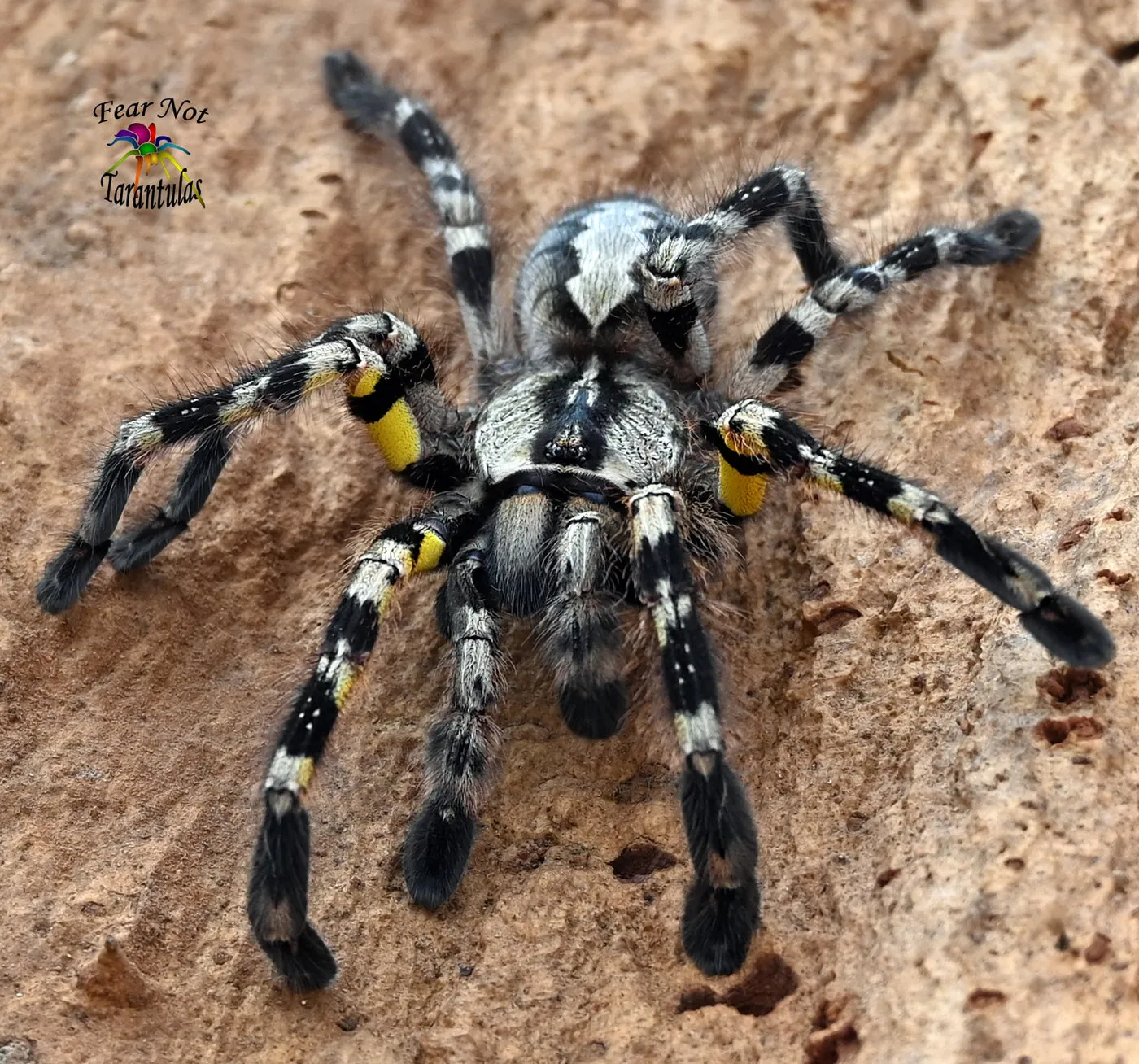What is a Tarantula Regalis (Poecilotheria regalis)
The Tarantula Regalis, scientifically known as Poecilotheria regalis, is a stunning and fascinating species of tarantula that captivates both novice and experienced arachnid enthusiasts. Known for its striking appearance and intricate patterns, the Tarantula Regalis is a popular choice for those interested in keeping exotic pets. This article delves into the world of the Tarantula Regalis, exploring its origins, characteristics, care requirements, and more. Understanding this magnificent creature can help you appreciate its beauty and consider whether owning one is right for you. This guide provides a comprehensive overview to help you gain knowledge about this extraordinary species, offering insights into its behavior, habitat, and needs in captivity.
Origin and Habitat of the Tarantula Regalis
Where Do They Come From
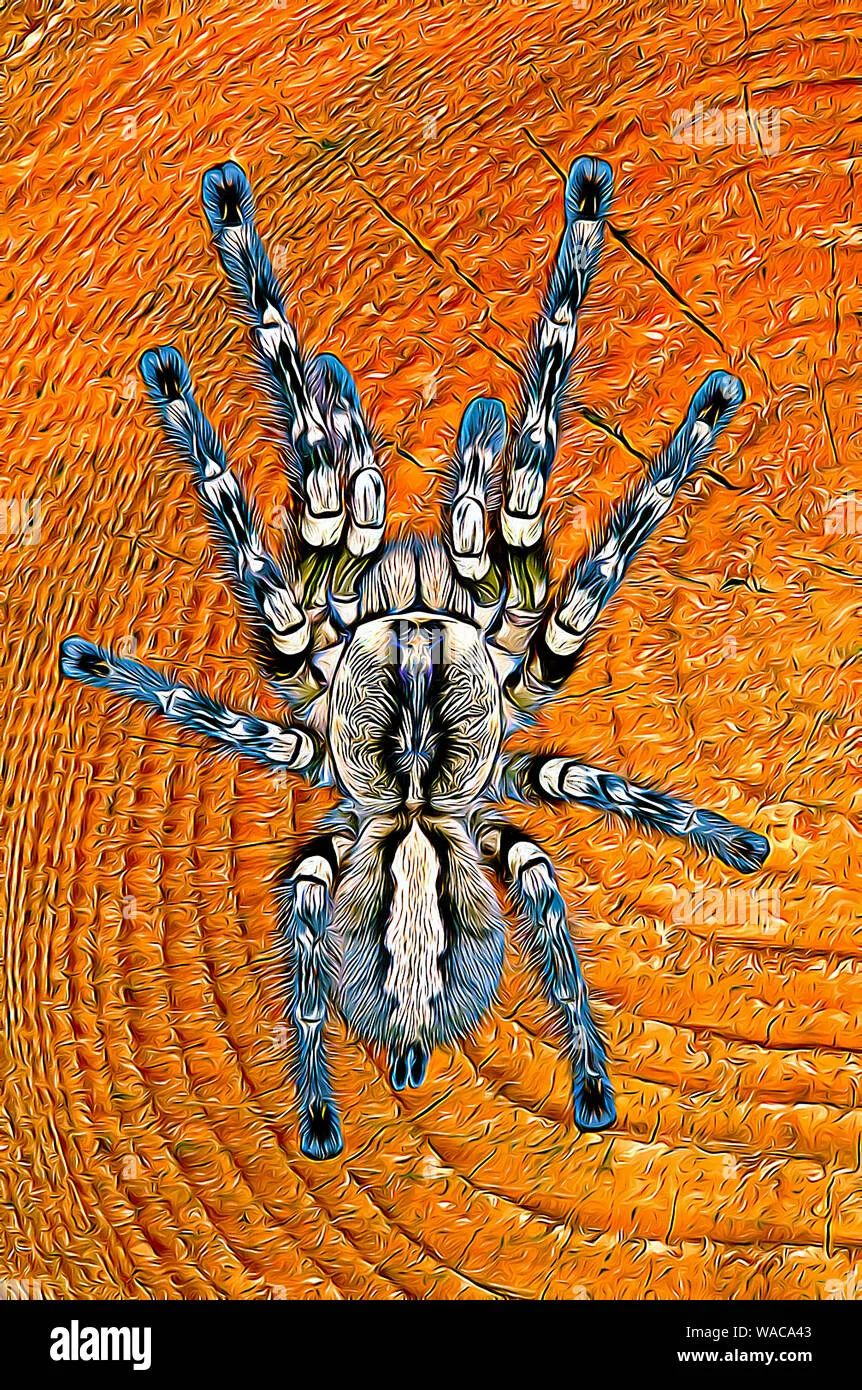
The Tarantula Regalis originates from the tropical regions of India. Specifically, they are primarily found in the forests of Andhra Pradesh. These spiders are native to a warm, humid environment, and their natural habitat plays a crucial role in understanding their care needs. Knowledge of their origin is vital as you attempt to replicate a suitable environment. Their existence in a specific area dictates their preferences, which includes temperature and humidity requirements that are essential for their survival and well-being. By understanding the geographical context of their origin, we can better appreciate and care for these magnificent creatures.
Preferred Habitat
In their natural habitat, Tarantula Regalis spiders typically reside in tree crevices and under loose bark, where they can find shelter from predators and the elements. These spiders are arboreal, meaning they prefer living in trees. Their arboreal nature influences their behavior, hunting strategies, and enclosure requirements in captivity. Replicating their natural habitat is crucial for their well-being. In the wild, the habitat of these tarantulas is often characterized by dense foliage and high humidity. The presence of leaves, branches, and other natural elements allows them to create webs and ambush their prey. Furthermore, understanding their native environment helps us understand the importance of providing a diverse and enriched habitat for captive tarantulas.
Appearance and Characteristics of the Tarantula Regalis
The Tarantula Regalis stands out due to its striking appearance. Their beauty is one of the primary reasons for their popularity among tarantula enthusiasts. These spiders have a distinctive look that makes them easily recognizable. The markings, size, and overall presentation of the Tarantula Regalis are unique. Their distinctive appearance is one of the reasons why these tarantulas are so popular.
Distinctive Markings
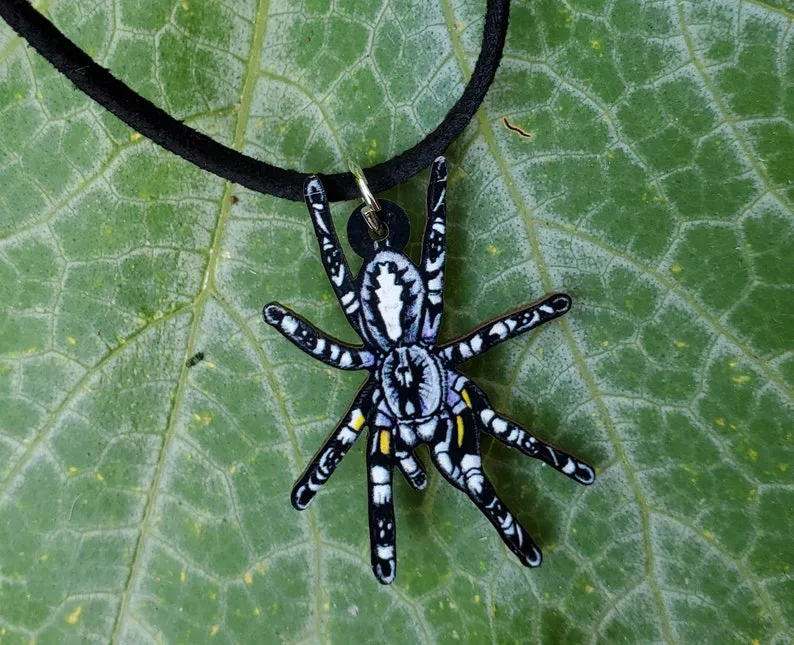
The Tarantula Regalis is known for its striking color patterns. These spiders are known for their black and yellow or orange markings on their legs and carapace. The intricate patterns make each tarantula unique. The contrasting colors create a visually stunning effect, making the regalis one of the most beautiful tarantula species. The striking patterns serve a purpose beyond aesthetics, possibly aiding in camouflage or communication within their environment. The patterns contribute to the beauty that makes them so popular among pet owners and enthusiasts. The intricate markings are an integral part of their visual appeal.
Size and Lifespan
The Tarantula Regalis typically has a leg span of about 7–8 inches. Females tend to be larger than males. The size of the Tarantula Regalis makes it a captivating species for those who admire larger arachnids. With proper care, the lifespan of a Tarantula Regalis can be considerable. Females can live for up to 12 years, while males typically live for 3–5 years. The lifespan of the Tarantula Regalis can vary depending on several factors, including genetics, diet, and living conditions. Providing the right environment can significantly increase the likelihood of a long lifespan. The impressive lifespan is a testament to their resilience and adaptability in their native habitat and in captivity. They can thrive for years with the right care and attention.
Behavior and Temperament of the Tarantula Regalis
Understanding the behavior and temperament of the Tarantula Regalis is essential for responsible pet ownership. Their personalities and how they interact with their environment will help you provide the best care. These spiders have specific behaviors and characteristics that make them unique. The ability to understand their behavior will allow you to recognize signs of stress or potential health issues. Learning about their behavior ensures the well-being and the health of the spider. Observing your Tarantula Regalis can improve your interactions with it and enhance the overall experience of owning this fascinating species.
Defense Mechanisms
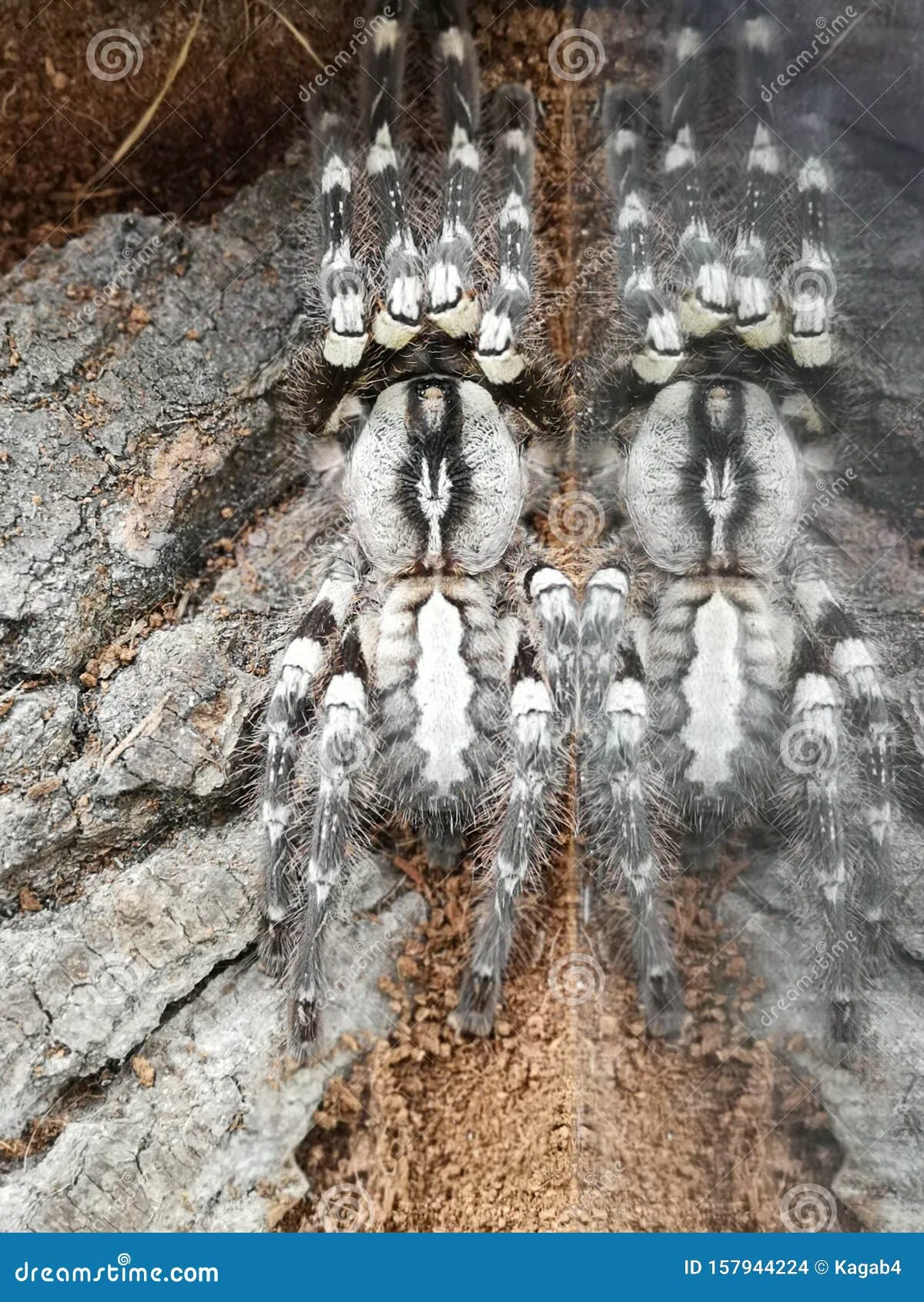
The Tarantula Regalis, like all tarantulas, has several defense mechanisms to protect itself from threats. When threatened, this species may exhibit a defensive posture, raise its front legs, and display its fangs. They can also flick urticating hairs from their abdomen as a defense mechanism. Although these hairs are not life-threatening, they can cause irritation to the skin and eyes. The Tarantula Regalis may also bite if it feels cornered or provoked. Understanding these defense mechanisms can help you handle the tarantula safely. Their primary means of defense is biting, which is a reaction to a perceived threat. Recognizing these behaviors can help you take the necessary precautions to minimize any risk of injury or harm when interacting with this species.
Interaction with Humans
Interacting with a Tarantula Regalis requires caution and respect. They are generally not recommended as pets for beginners due to their potent venom. However, many experienced keepers find them rewarding to keep. Handling should be kept to a minimum. When handling is necessary, it is important to do so with great care and caution to avoid the possibility of being bitten or harmed. Always approach slowly and never make any sudden movements that might startle the spider. Always wash your hands before and after handling a Tarantula Regalis. Knowing how to handle them correctly will increase your enjoyment of this beautiful species.
Care and Keeping of the Tarantula Regalis
Providing proper care is key to the health and longevity of your Tarantula Regalis. Their environment, diet, and overall well-being are crucial factors in their care. Creating an environment that mimics their natural habitat helps ensure their comfort and longevity. These steps are critical to ensuring that your Tarantula Regalis thrives in captivity. Adhering to the requirements of this species will allow you to enjoy observing and appreciating this extraordinary spider.
Enclosure Requirements
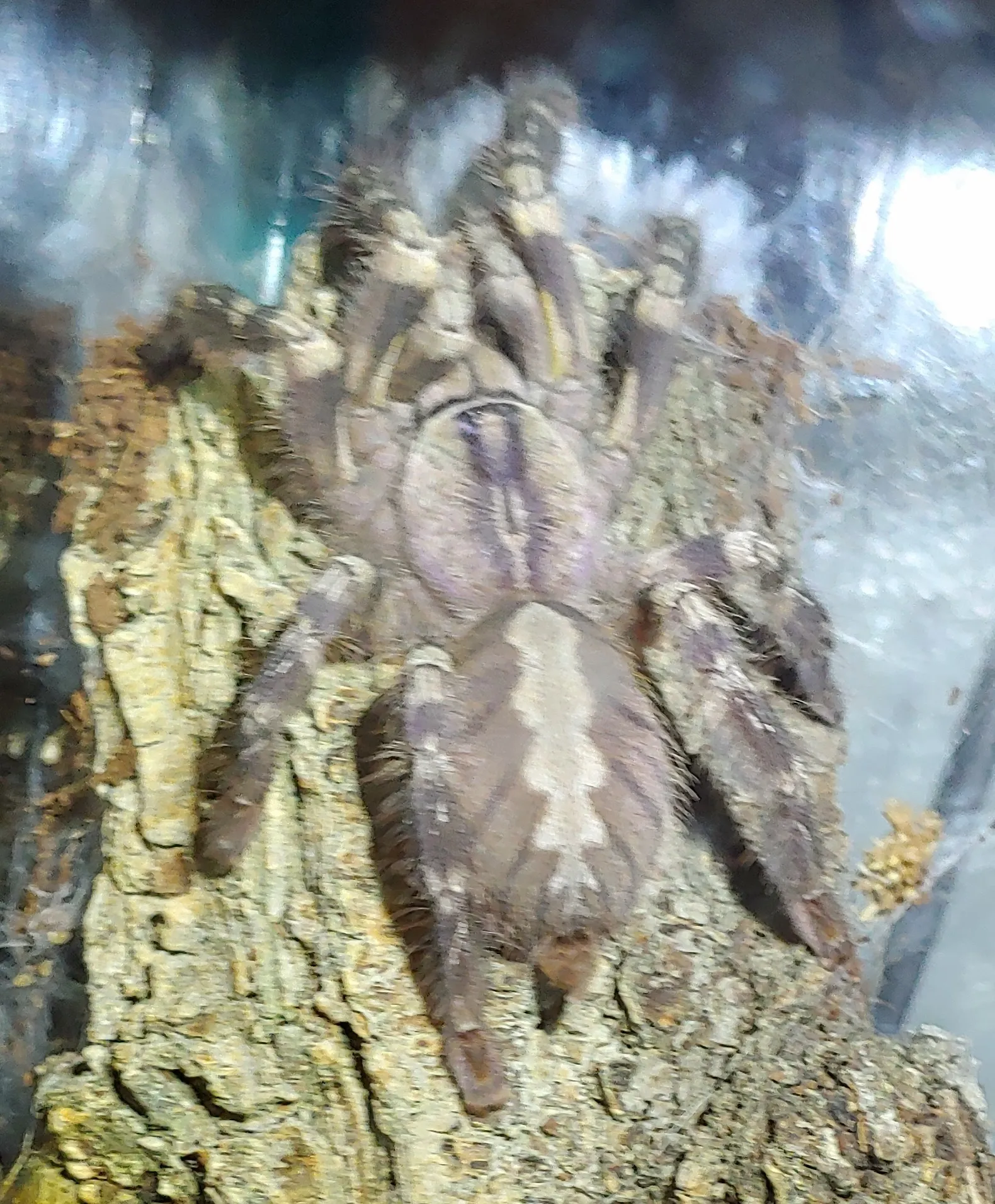
The enclosure of the Tarantula Regalis should replicate its arboreal habitat. A vertical enclosure is recommended, allowing the tarantula to climb and explore. The size of the enclosure will depend on the size of the tarantula, but a 10-20 gallon tank is usually sufficient for an adult. Provide plenty of climbing opportunities, such as branches, cork bark, and artificial plants. The substrate should be a mixture of coco fiber, peat moss, and vermiculite, which will help retain humidity. A water dish should always be available. Maintaining the proper enclosure is important for the well-being of your Tarantula Regalis. Ensuring that their habitat meets these needs will ensure that the tarantula can thrive.
Feeding and Diet
The Tarantula Regalis is a carnivore, and its diet should consist of insects. Crickets, roaches, and mealworms are suitable food items. The frequency of feeding depends on the tarantula’s age and size. Young tarantulas should be fed more often, while adults can be fed once or twice a week. Ensure that the insects are gut-loaded before feeding them to the tarantula to provide optimal nutrition. Remove any uneaten insects within 24 hours to maintain cleanliness. Proper feeding is vital for the spider’s growth and health. Offering a balanced diet will ensure that the Tarantula Regalis thrives and remains healthy. Feeding should align with their natural instincts.
Humidity and Temperature
Maintaining the right temperature and humidity levels is crucial for the Tarantula Regalis. The ideal temperature range is between 75–85°F (24–29°C). A heat source, such as a heat lamp or mat, can be used to maintain the proper temperature, but always ensure that it doesn’t overheat the enclosure. Humidity levels should be kept between 65–75%. This can be achieved by misting the enclosure with water several times a week and ensuring that the substrate stays slightly moist. Use a hygrometer to monitor the humidity levels. Regularly monitor the temperature and humidity levels in your Tarantula Regalis’s enclosure. These factors will significantly affect the health and behavior of your Tarantula Regalis. These elements are essential for creating a healthy and comfortable environment for your pet. Maintaining the right conditions will guarantee its well-being.
The Tarantula Regalis in Captivity
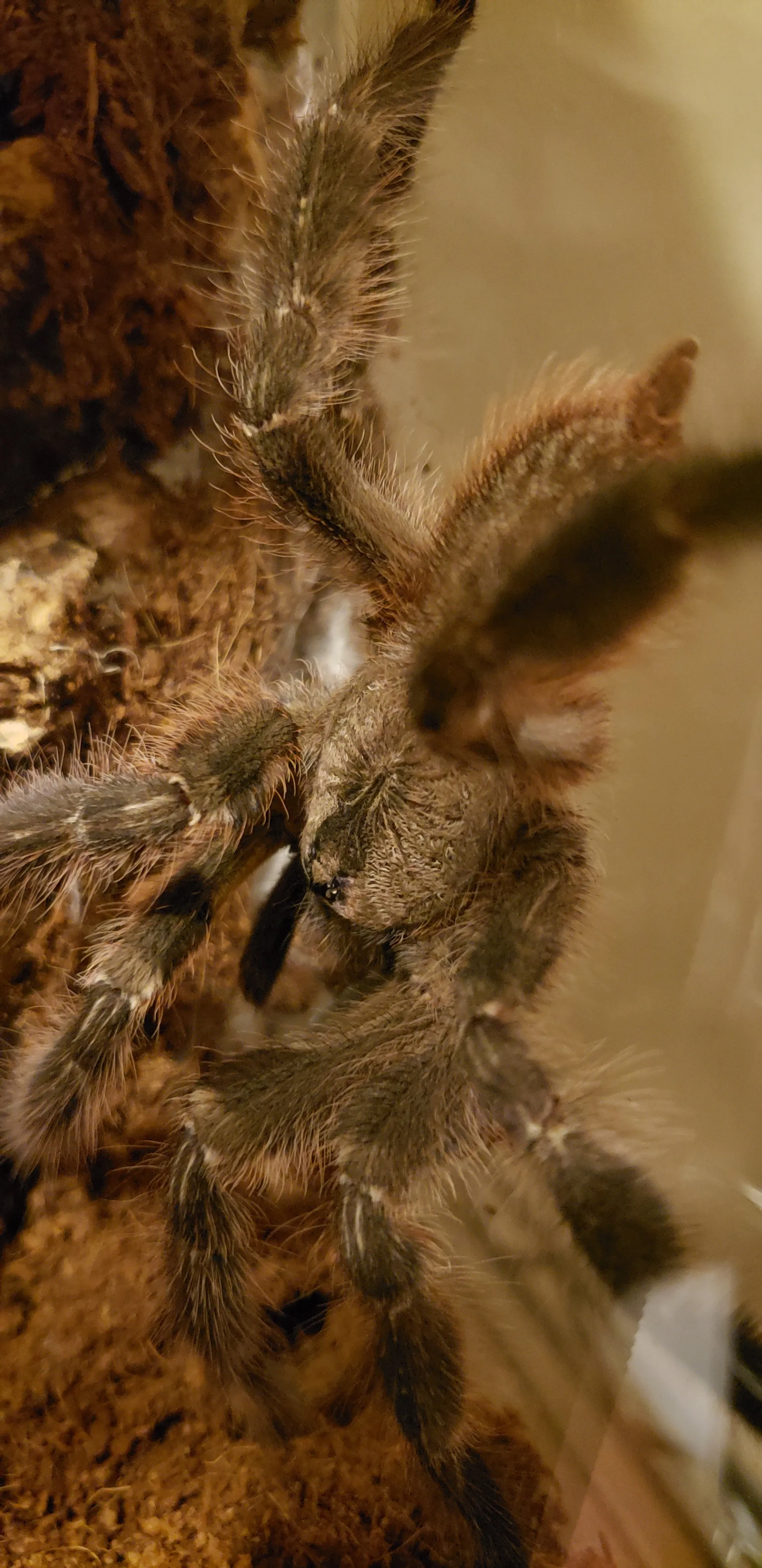
Keeping a Tarantula Regalis in captivity can be a rewarding experience for experienced arachnid enthusiasts. Their unique beauty, complex behaviors, and care requirements make them a fascinating species. However, responsible ownership is crucial, requiring careful consideration of the spider’s needs and the risks involved. This section explores specific aspects of keeping Tarantula Regalis in captivity, including breeding and potential health issues.
Breeding
Breeding Tarantula Regalis in captivity can be a challenging but rewarding experience. The process typically involves introducing a mature female to a mature male. The male will typically approach the female and engage in courtship rituals. After mating, the female will lay eggs in a silk egg sac. The egg sac should be carefully monitored and kept at the appropriate temperature and humidity levels to ensure successful hatching. It is important to note that breeding tarantulas requires experience and knowledge. If you are interested in breeding these spiders, research the specific steps and the risks involved. Breeding them successfully allows you to contribute to the conservation of this stunning species and share them with others. However, it is essential to be fully prepared for the complex process.
Potential Health Issues
Tarantula Regalis can be susceptible to certain health issues in captivity. Common health issues include mites, fungal infections, and injuries from falls. Providing proper care, including maintaining appropriate temperature and humidity levels, can help prevent these issues. Regular observation of your tarantula is important to identify any potential problems early. If you suspect your tarantula is ill, consult with an experienced arachnid veterinarian. Early intervention can often improve the chances of a successful recovery. Being aware of potential health issues allows you to take the necessary steps to maintain your tarantula’s well-being.
Conclusion
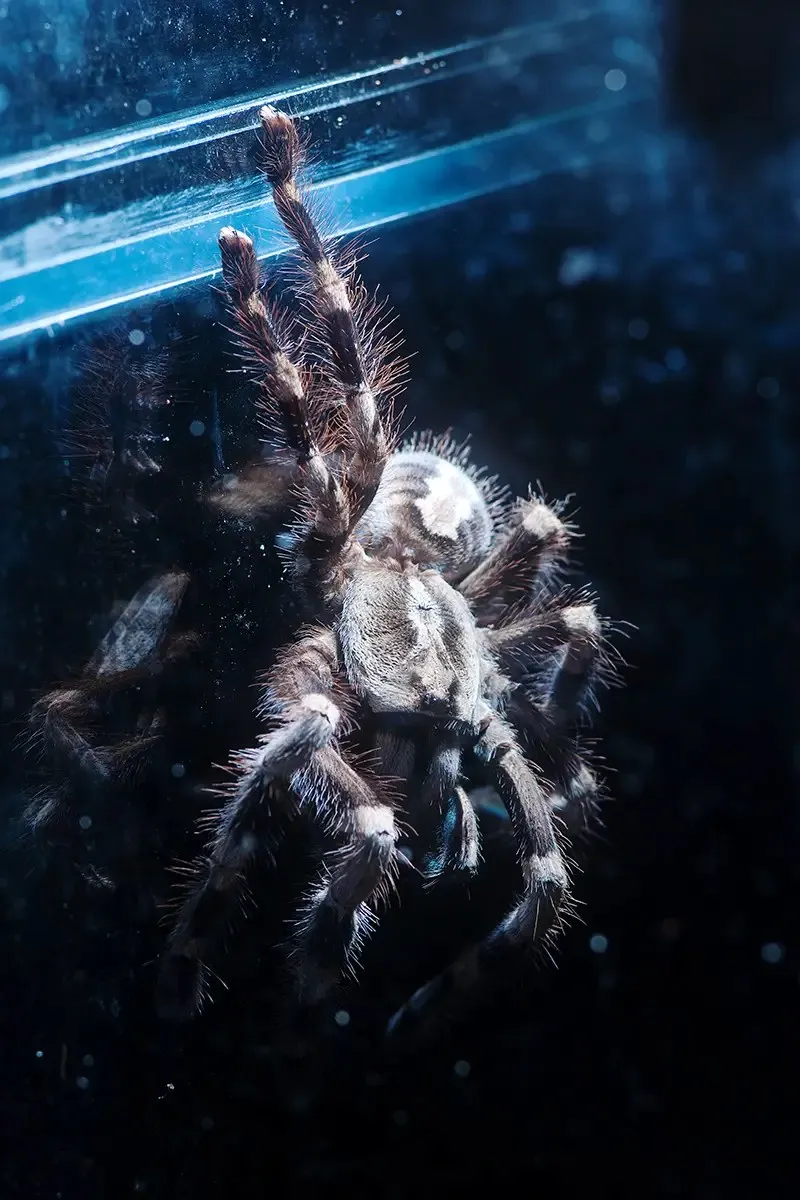
The Tarantula Regalis is a remarkable species that can be a rewarding pet for experienced keepers. Their striking appearance, complex behaviors, and intriguing characteristics make them a captivating subject of study and appreciation. By understanding their origin, habitat, and care requirements, you can create an environment in which these magnificent creatures can thrive. Remember to always prioritize their well-being, handle them with caution, and respect their needs. With responsible care and dedication, you can enjoy the beauty and wonder of the Tarantula Regalis for years to come.
